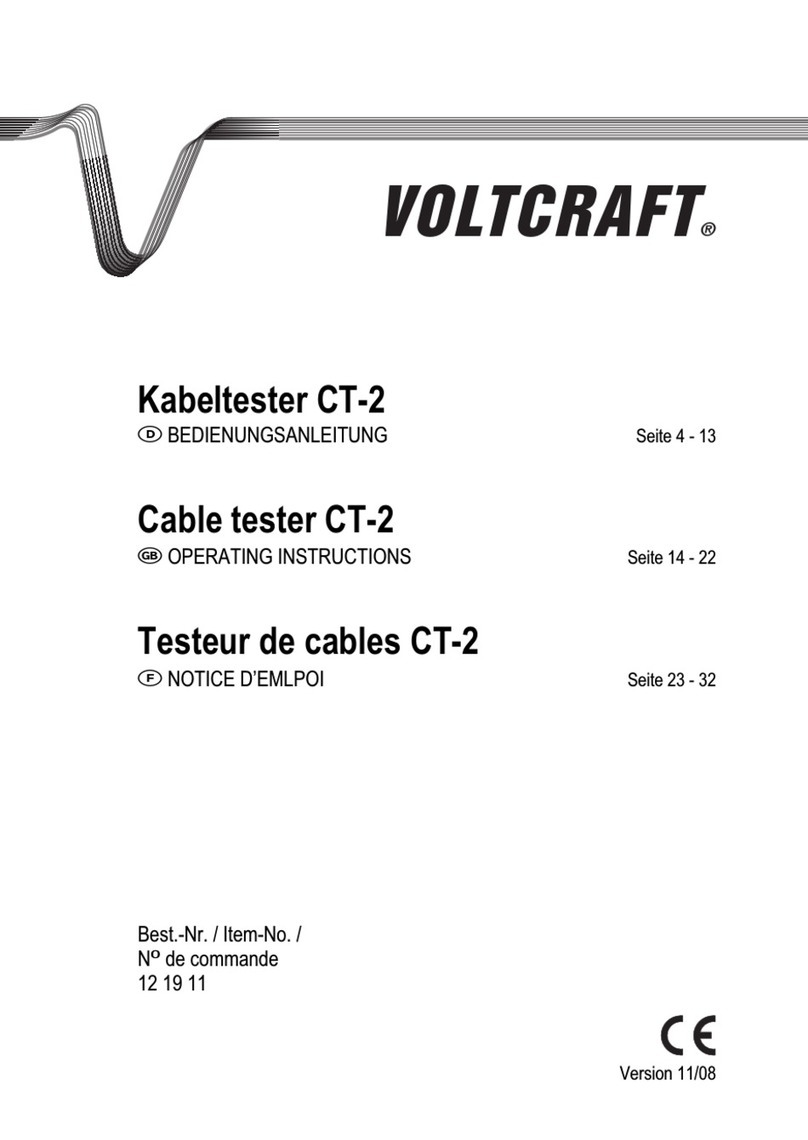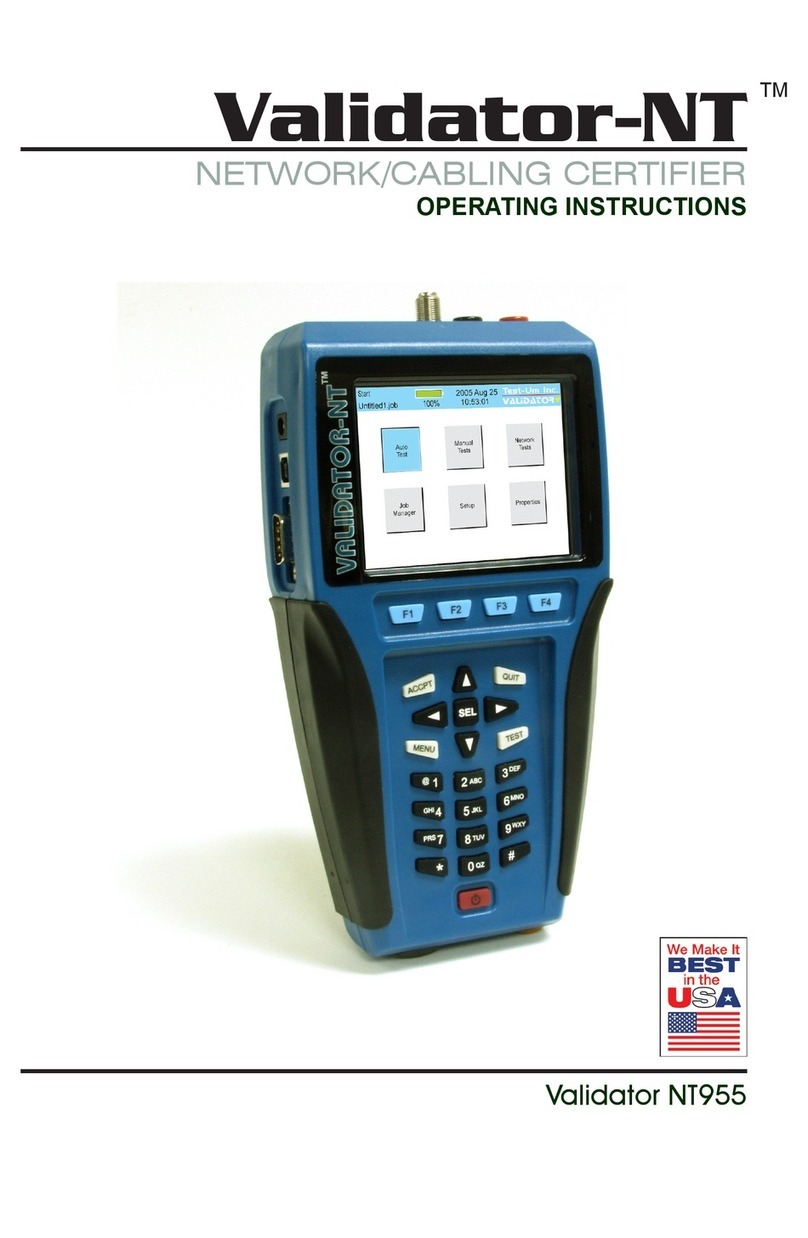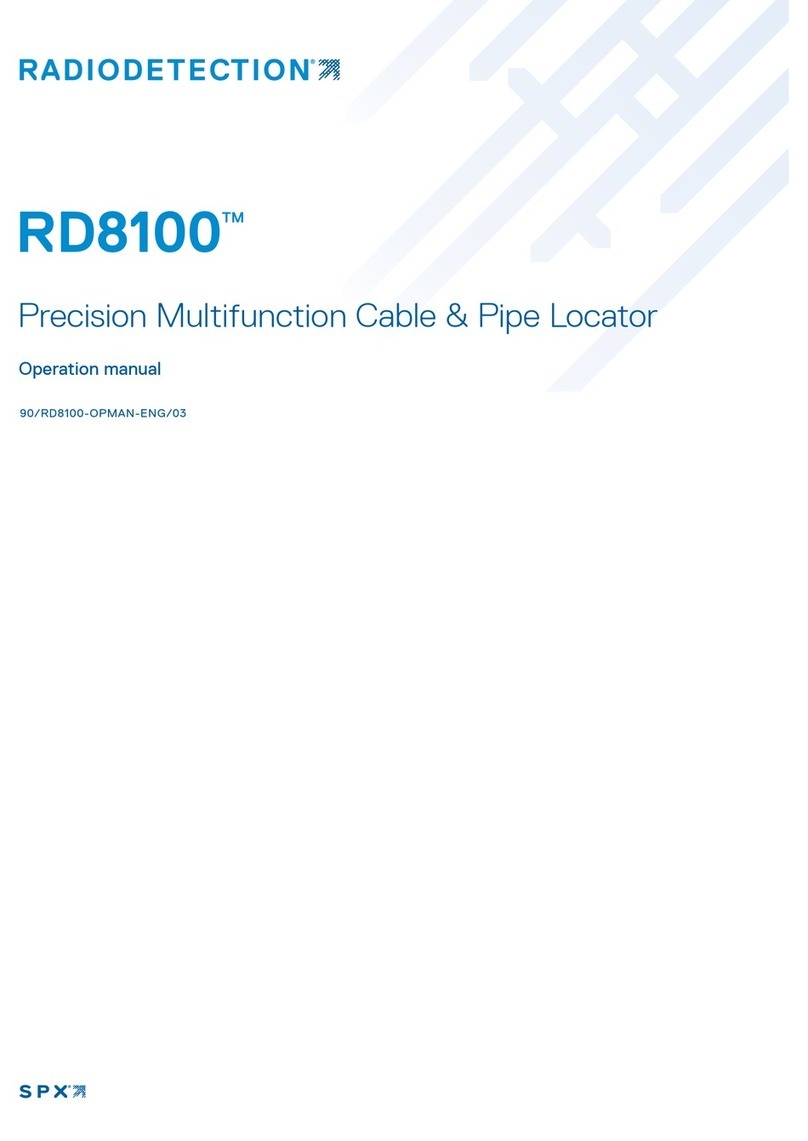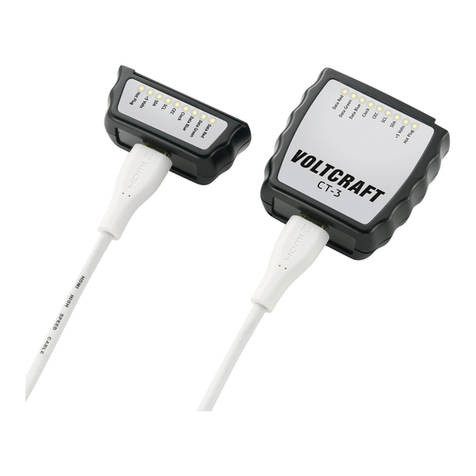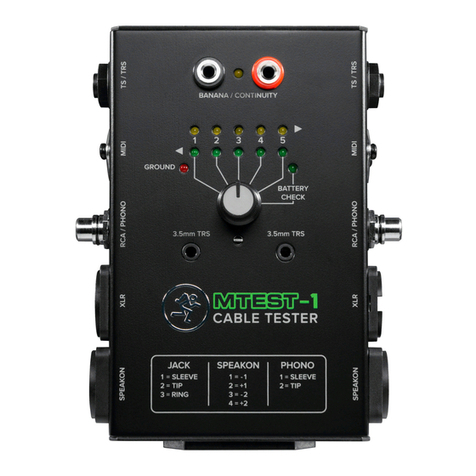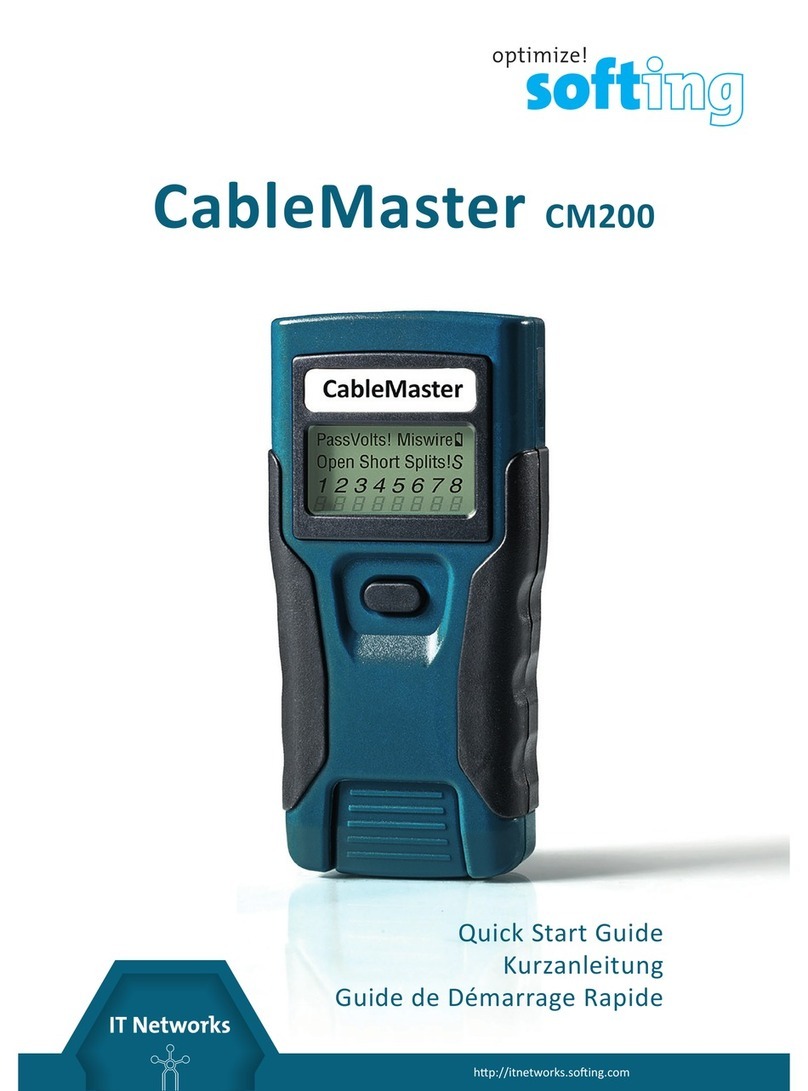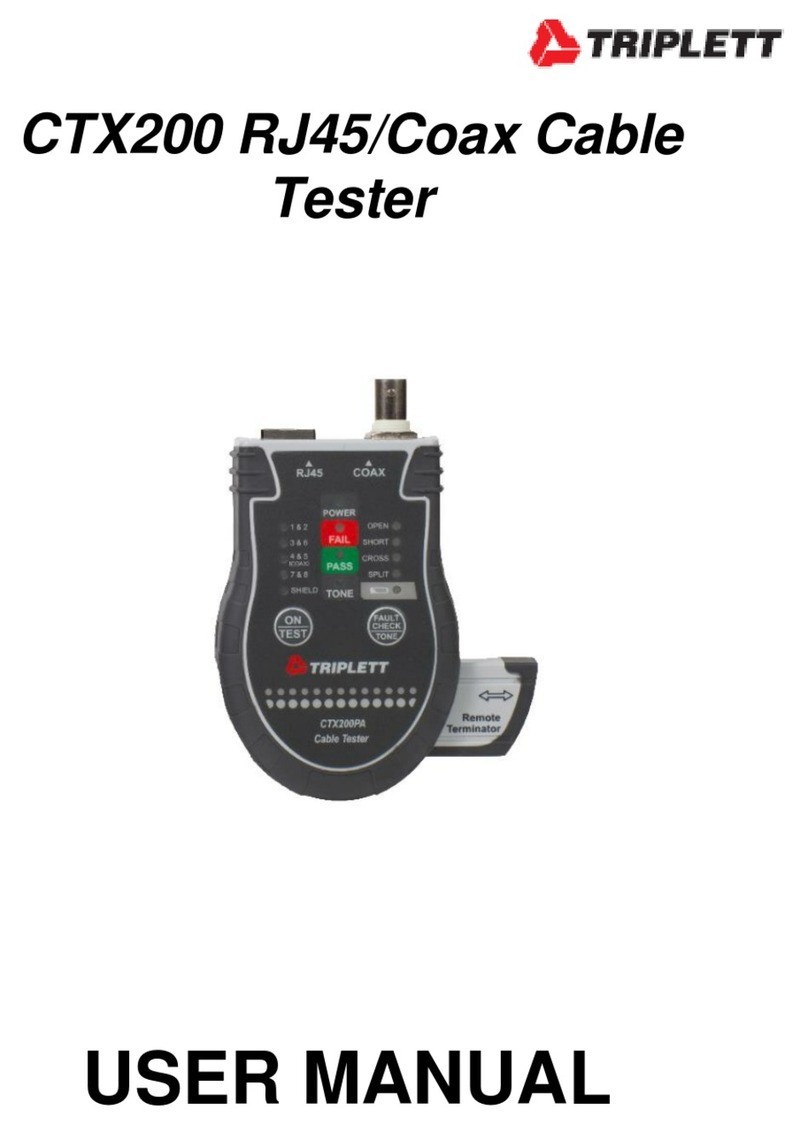Fluke MicroScanner Series User manual
Other Fluke Cable Tester manuals
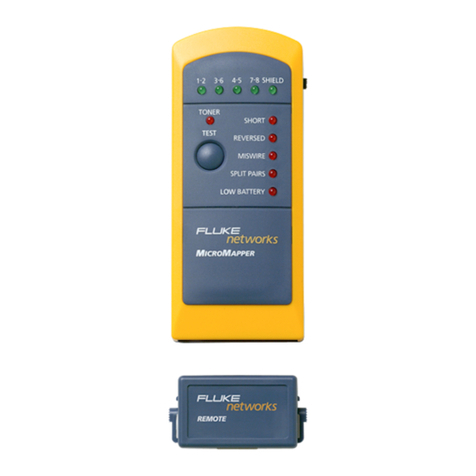
Fluke
Fluke MicroMapper User manual

Fluke
Fluke MicroMapper Pro User manual
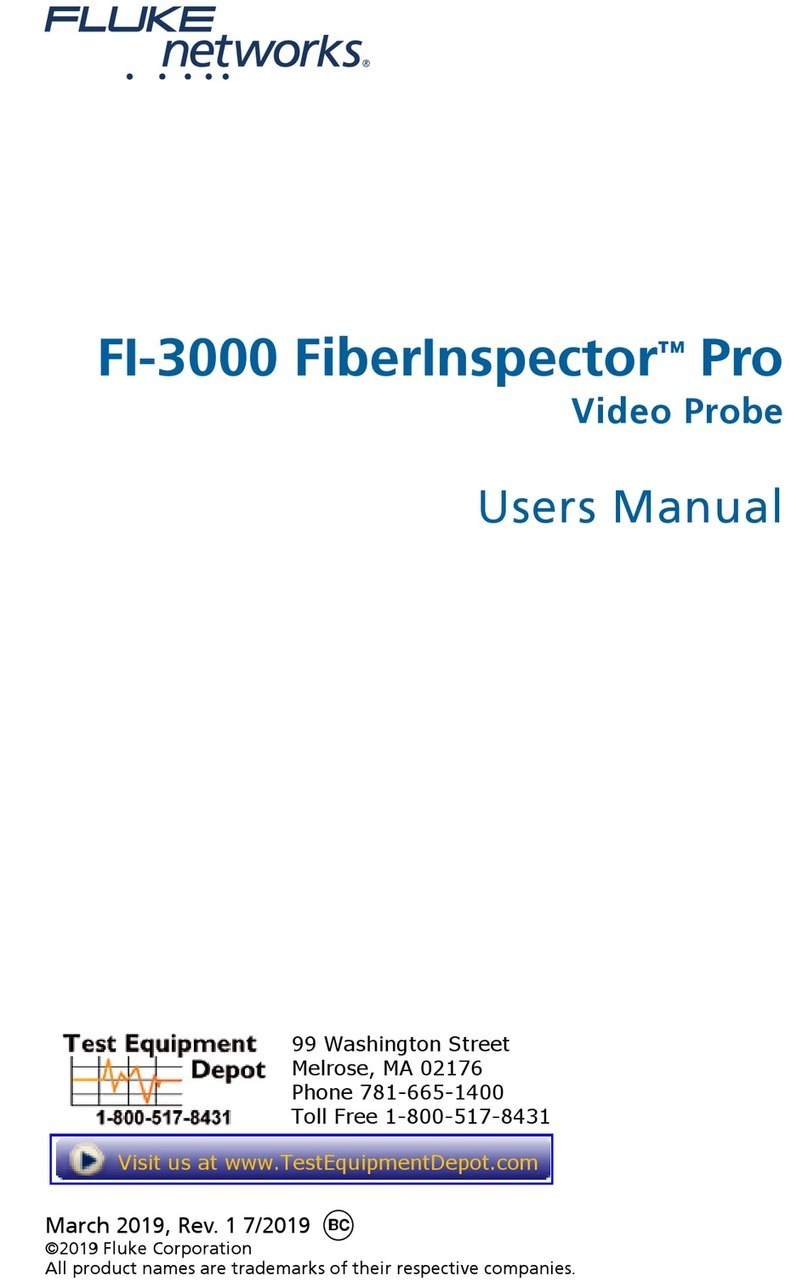
Fluke
Fluke FI-3000 FiberInspector Pro User manual
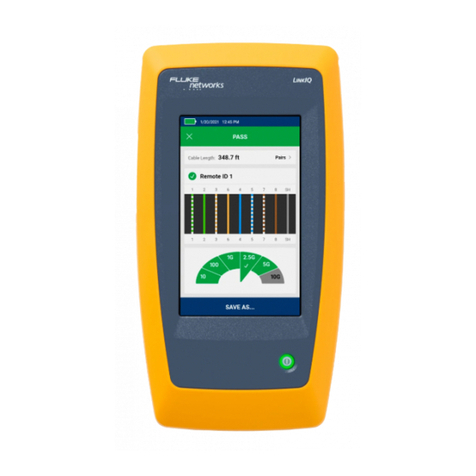
Fluke
Fluke LinkIQ User manual
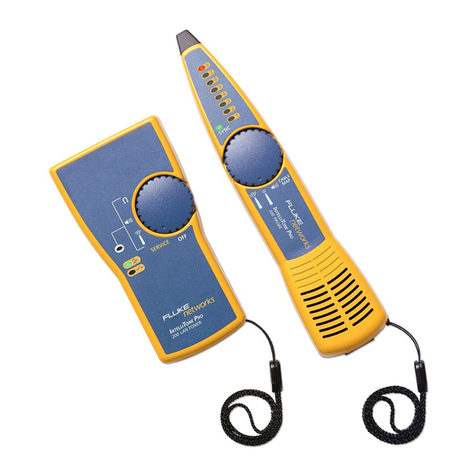
Fluke
Fluke IT200 User manual

Fluke
Fluke DSP-100 User manual
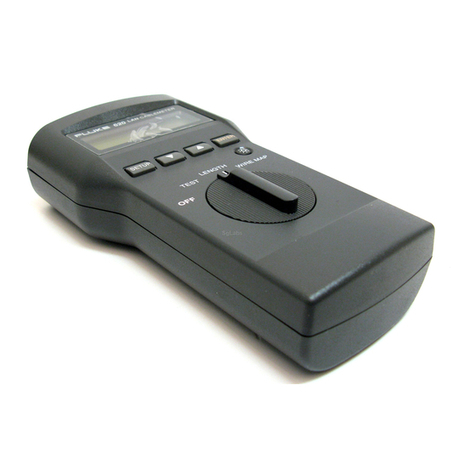
Fluke
Fluke 620 User manual

Fluke
Fluke LinkRunner Duo User manual
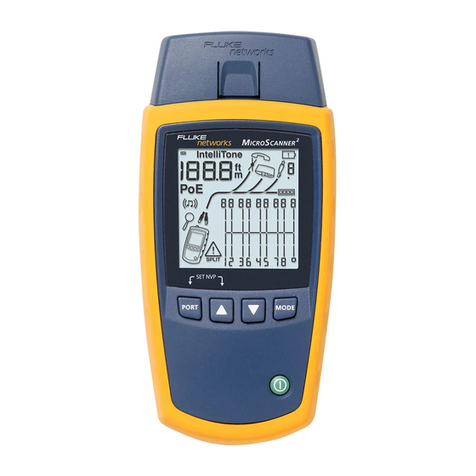
Fluke
Fluke MicroScanner Series User manual
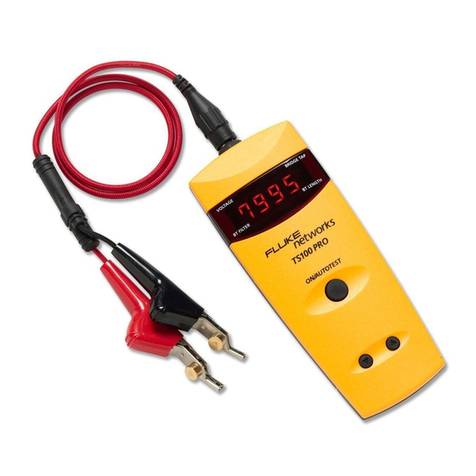
Fluke
Fluke TS 100 PRO User manual
Popular Cable Tester manuals by other brands
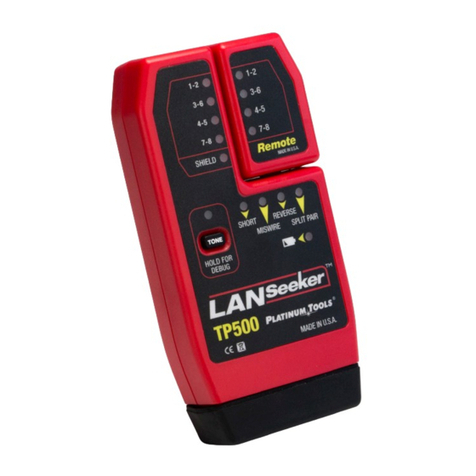
Platinum Tools
Platinum Tools LANSeeker TP500C quick start guide

SKYTRONIC
SKYTRONIC 600.616 instruction manual
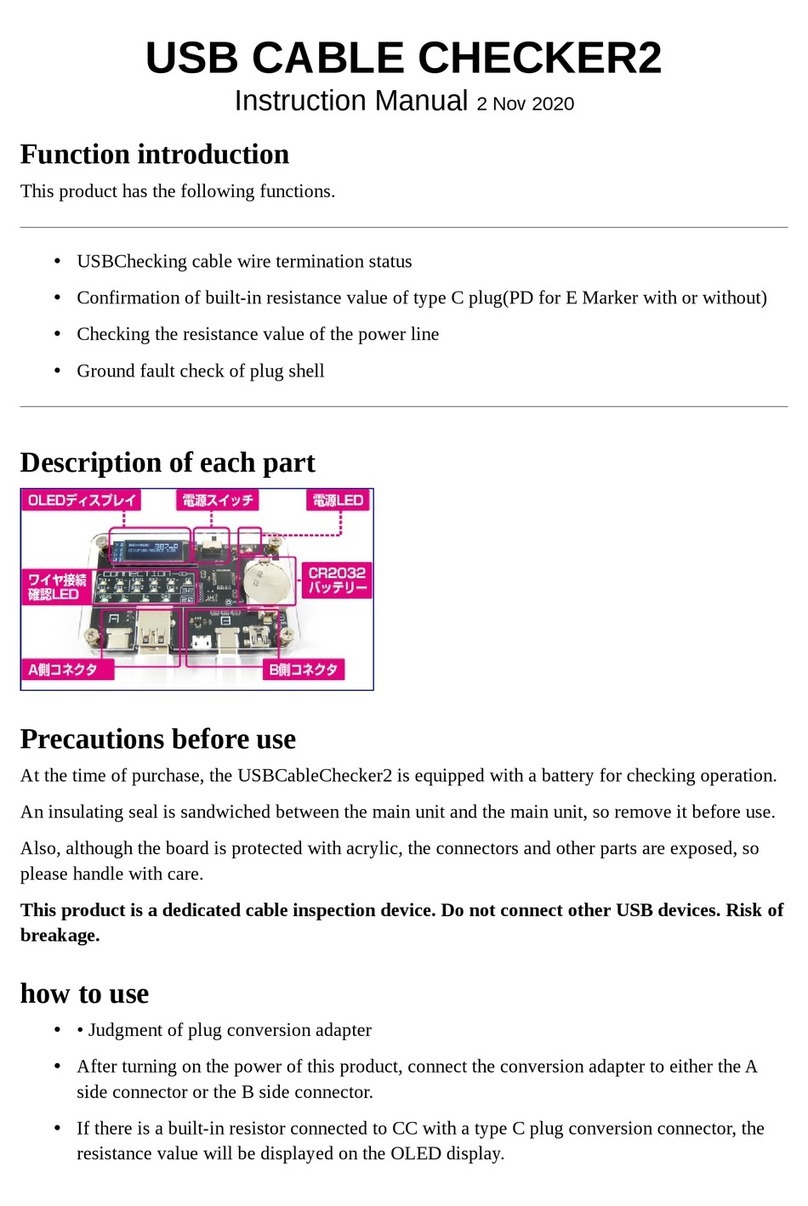
Bit Trade One
Bit Trade One USB Cable Checker2 instruction manual
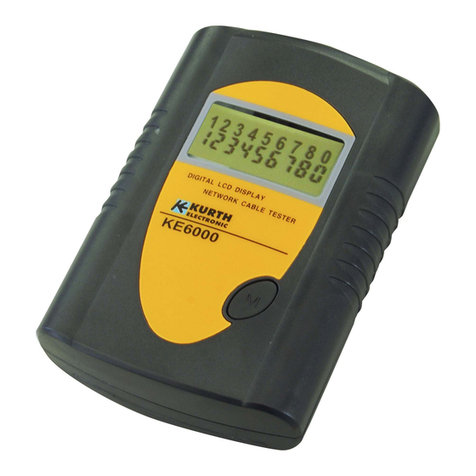
Kurth Electronic
Kurth Electronic KE6000 quick start guide

VOLTCRAFT
VOLTCRAFT VC731 operating instructions
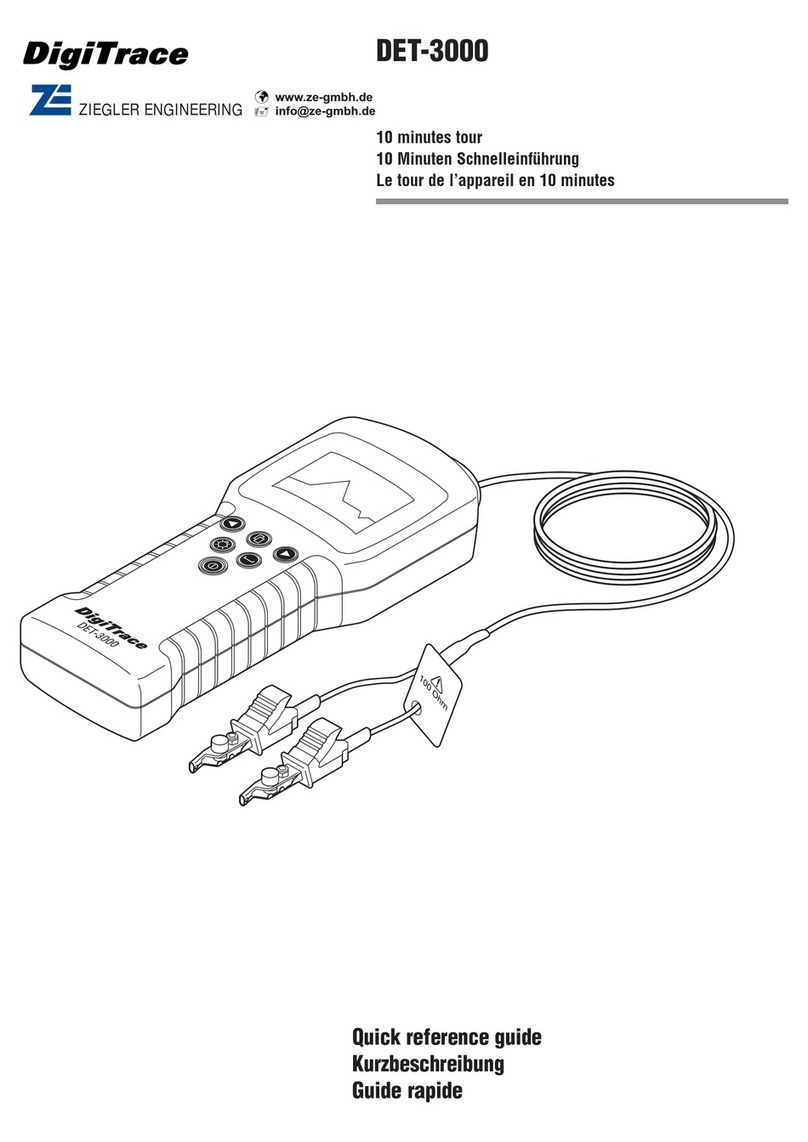
DigiTrace
DigiTrace DET-3000 Quick reference guide



